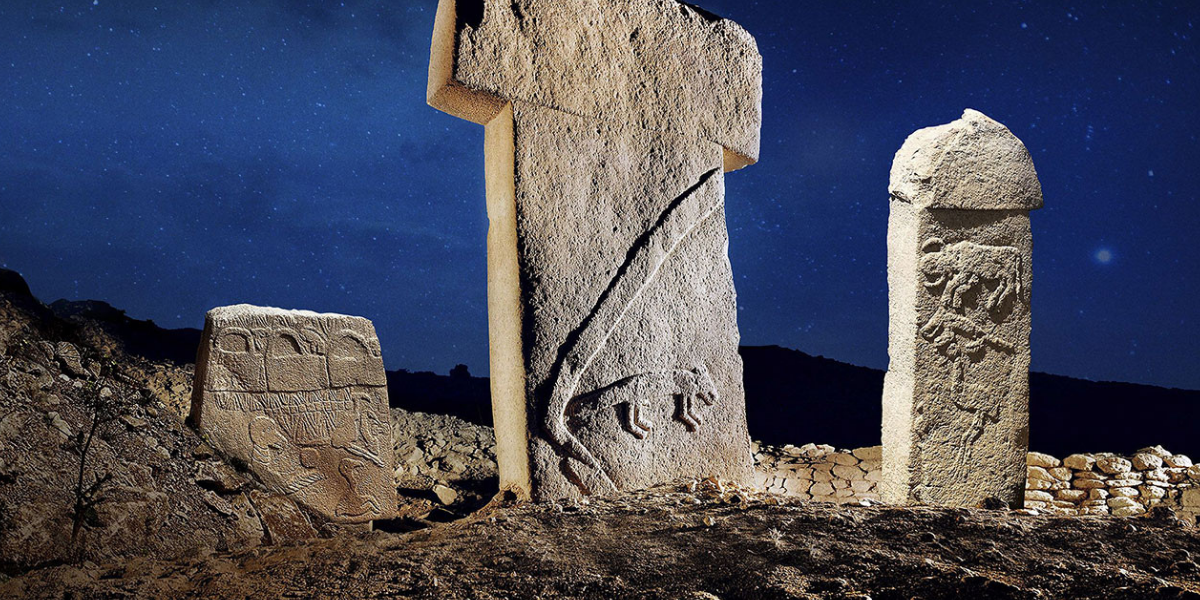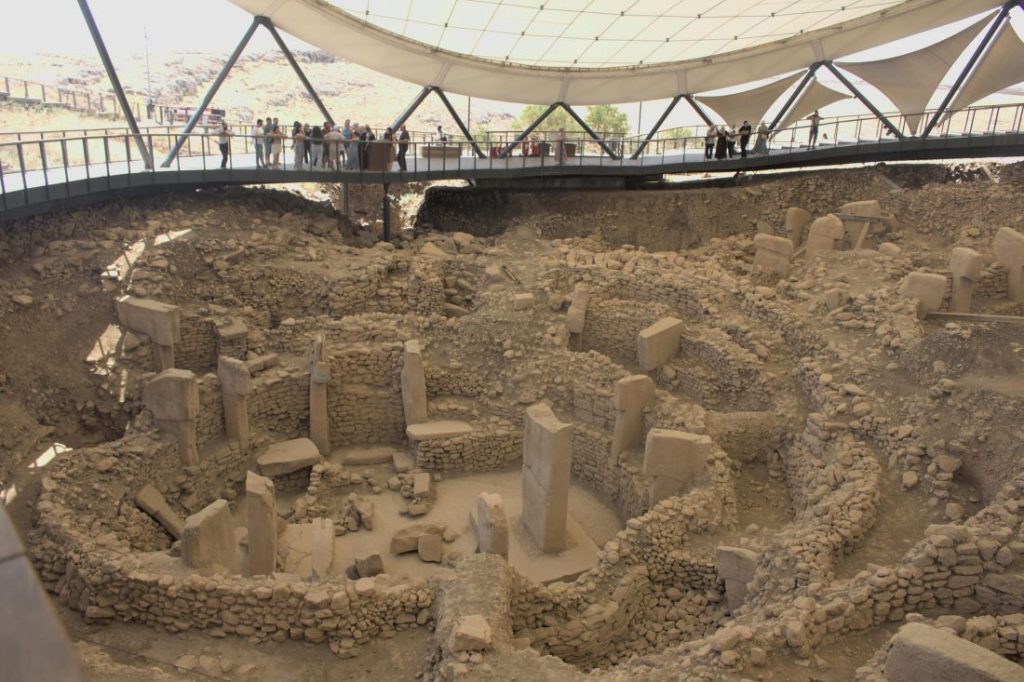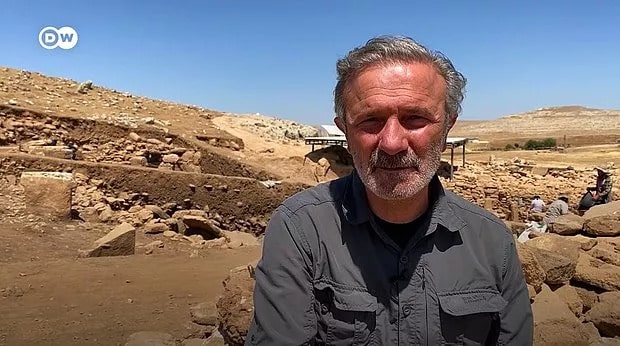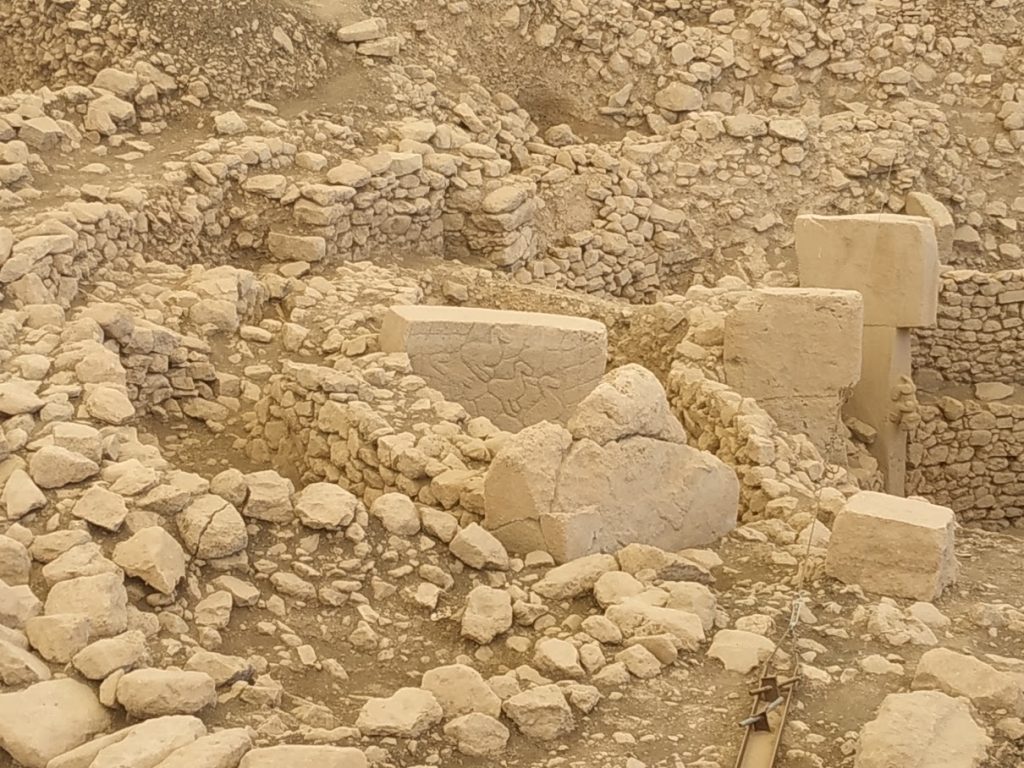
Did aliens build Göbekli Tepe? The head of the excavation answers
Göbekli Tepe is the most exciting archaeological discovery that has profoundly influenced human history.
Klaus Schmidt, who discovered Göbekli Tepe dating back to 12,000 BC and headed excavations until 2014, described it as a shelter used by nomadic hunter-gatherer groups over a large area, with few or no permanent residents.
In recent days, especially on social media platforms, there have been claims that Göbekli Tepe was built by aliens. There are extraordinary claims that the site contains a time portal.

Prof. Dr. Necmi Karul, a faculty member at Istanbul University’s Department of Prehistory and also the head of Göbekli Tepe excavation, responded to these baseless claims: “I think some people are not in their right minds. The sad thing is that there are people who give credence to this. We cannot look at the issue as ‘there is no good or bad publicity’.”
📣 Our WhatsApp channel is now LIVE! Stay up-to-date with the latest news and updates, just click here to follow us on WhatsApp and never miss a thing!!
Prof. Dr. Necmi Karul evaluated the claims about Göbekli Tepe, which has become a popular destination for astrologers and those interested in quantum, to Türkiye newspaper.
Responding to those who think that Göbekli Tepe is related to the allegation that it was taken over by aliens whose existence has not been proven, Karul said, “People of the modern world look at societies that lived in the past as primitive. This situation stems from the arrogant approach of modern societies to the past. The skills of prehistoric man should not be ignored by saying ‘aliens did it’.”

No archaeological evidence that Göbekli Tepe was an observatory
Prof. Dr. Karul said the following about the statements made by Martin Sweatman from the University of Edinburgh that Göbekli Tepe was an observatory used to watch the night sky: “So far, we have not come across any concrete evidence for this. Moreover, the structures at Göbekli Tepe are roofed over and do not look like observatories. As a matter of fact, last year we came across negative traces of wood that we think were used in the roof. We think that 12 thousand years ago, standing stones were used as pillars and covered with materials such as wood and branches. Of course, people of that period lived in touch with nature. We cannot say that they did not watch the sky. But there is no archaeological evidence for this.”

Graham Hancock cheated by incorporating what we said into his fiction
Regarding the claims made by Graham Hancock, who prepared a documentary for Netflix, that the ruins are an astronomical observatory and “Column 43” is a constellation diagram, Prof. Dr. Karul said: “Hancock has visited Karahantepe before, filmed and published a documentary. He cheated by incorporating what we said into his fiction. He associates the scenes on the standing stones with astronomy. However, we believe that these scenes are mythological stories and the product of a shared memory. They develop a deceptive discourse based on some selected examples, even some figures on them, ignoring dozens of obelisks and images.”
You may also like
- A 1700-year-old statue of Pan unearthed during the excavations at Polyeuktos in İstanbul
- The granary was found in the ancient city of Sebaste, founded by the first Roman emperor Augustus
- Donalar Kale Kapı Rock Tomb or Donalar Rock Tomb
- Theater emerges as works continue in ancient city of Perinthos
- Urartian King Argishti’s bronze shield revealed the name of an unknown country
- The religious center of Lycia, the ancient city of Letoon
- Who were the Luwians?
- A new study brings a fresh perspective on the Anatolian origin of the Indo-European languages
- Perhaps the oldest thermal treatment center in the world, which has been in continuous use for 2000 years -Basilica Therma Roman Bath or King’s Daughter-
- The largest synagogue of the ancient world, located in the ancient city of Sardis, is being restored











Leave a Reply